
This task is from Tools for NC Teachers. Students explore the dimensions of a carpet that is needed to cover a floor. This is remixable.
- Subject:
- Mathematics
- Material Type:
- Activity/Lab
- Formative Assessment
- Date Added:
- 07/13/2019

This task is from Tools for NC Teachers. Students explore the dimensions of a carpet that is needed to cover a floor. This is remixable.
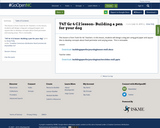
This lesson is from Tools for NC Teachers. In this lesson, students will design a dog pen using grid paper and square tiles to develop concepts about fixed perimeter and varying areas. This is remixable.

This lesson is from Tools for NC Teachers. Students complete a series of activities related to area and perimeter. It can be used at the start of Clusters 2 or 4. This is remixable.

This lesson is from Tools for NC Teachers. In this lesson, students design four flower beds and explore various strategies for finding the areas and perimeters of rectilinear figures. This is remixable.

This lesson is from Tools for NC Teachers. In this lesson, students explore the possible dimensions and areas of rectangles given a fixed perimeter. This is remixable.
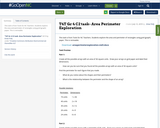
This task is from Tools for NC Teachers. Students explore the area and perimeter of rectangles using grid (graph) paper. This is remixable.
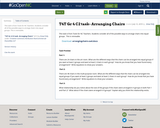
This task is from Tools for NC Teachers. Students consider all of the possible ways to arrange chairs into equal groups. This is remixable.
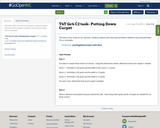
This task is from Tools for NC Teachers. Students explore and solve word problems related to area and perimeter. This is remixable.
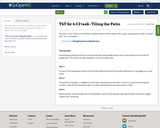
This task is from Tools for NC Teachers. Students look at various ways to tile a patio using a given number of square tiles. This is remixable.

These Tasks are from Tools4NCTeachers. These Tasks align to 4.MD.3. These are remixable.

This activity is from Tools4NCTeachers. Students make area creatures out of composite shapes. This is remixable.
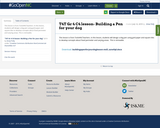
This lesson is from Tools4NCTeachers. In this lesson, students will design a dog pen using grid paper and square tiles to develop concepts about fixed perimeter and varying areas. This is remixable.

This lesson is from Tools4NCTeachers. In this lesson, students find the area of different sized dog pens when given a fixed area. Students determine which pen would give Eddie the maximum amount of space and justify their choices. This is remixable.

This lesson is Tools4NCTeachers. In this lesson, students find the area of rectilinear figures with known side lengths and justify which home would be the best home for Larry. This is remixable.

In this lesson, students apply concepts of area and perimeter to solve multi-step problems involving real-world examples. This lesson will take 2-3 days.
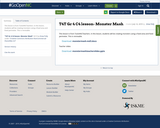
This lesson is from Tools4NCTeachers. In this lesson, students will be creating monsters using a fixed area and fixed perimeter. This is remixable.

Students are asked to use their knowledge of area and perimeter to develop a blueprint for an eco-friendly “tiny home.” The home must be innovative in design while meeting specific requirements from an architect. In order to stay within these requirements, students must monitor the area of the home, gardens, patios, and other spaces. This lesson was developed by NCDPI as part of the Academically and/or Intellectually Gifted Instructional Resources Project. This lesson plan has been vetted at the state level for standards alignment, AIG focus, and content accuracy.
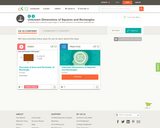
This short video and interactive assessment activity is designed to teach third graders about given the perimeter, find the side length and area - squares.

This short video and interactive assessment activity is designed to teach fourth graders how to, given the perimeter, find the side length and area - squares.

Students learn the history of the waterwheel and common uses for water turbines today. They explore kinetic energy by creating their own experimental waterwheel from a two-liter plastic bottle. They investigate the transformations of energy involved in turning the blades of a hydro-turbine into work, and experiment with how weight affects the rotational rate of the waterwheel. Students also discuss and explore the characteristics of hydroelectric plants.